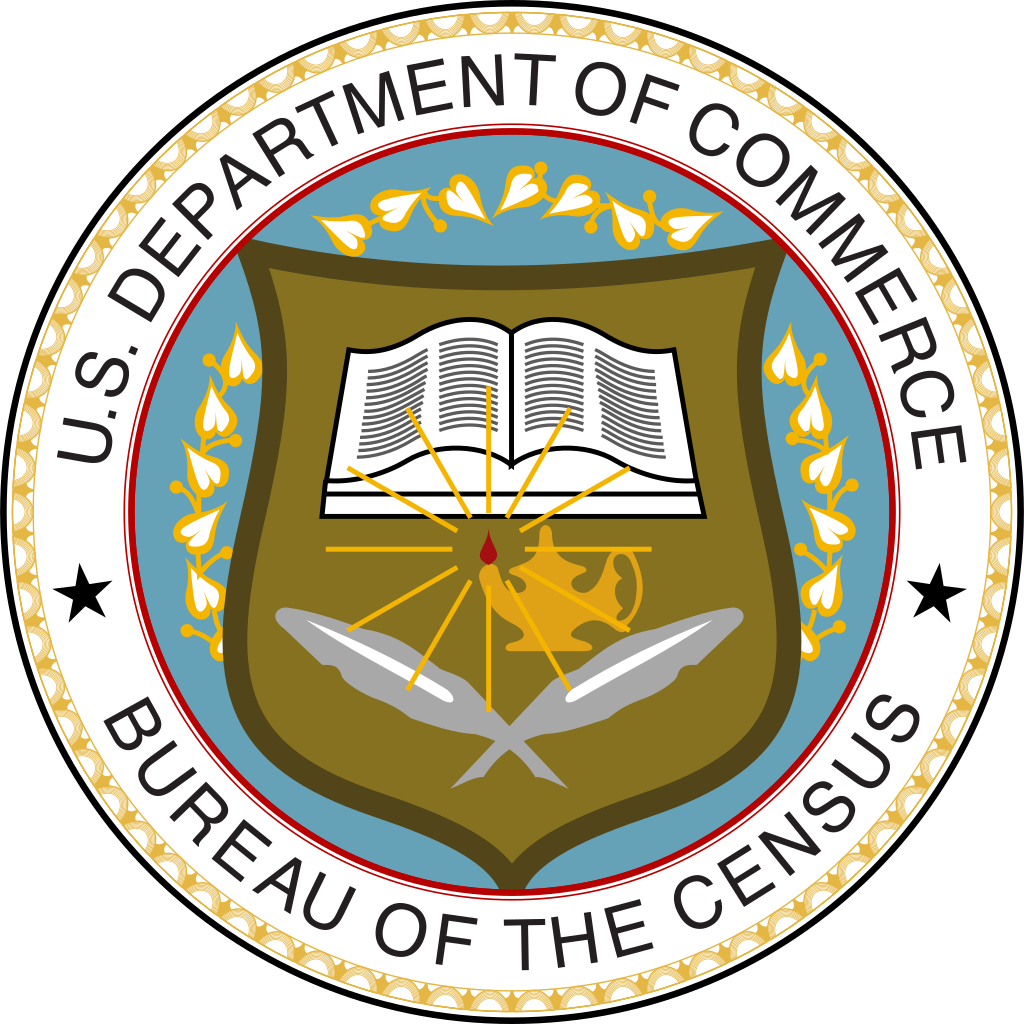
漢德百科全書 | 汉德百科全书

 财政金融
财政金融

 财政金融
财政金融
 *巴西经济情况数据
*巴西经济情况数据

 财政金融
财政金融
 *中国经济情况数据
*中国经济情况数据

 财政金融
财政金融
 *德国经济情况数据
*德国经济情况数据

 财政金融
财政金融
 *欧盟经济情况数据
*欧盟经济情况数据

 财政金融
财政金融
 *法国国经济情况数据
*法国国经济情况数据

 财政金融
财政金融
 *印度经济情况数据
*印度经济情况数据

 财政金融
财政金融
 *印度尼西亚经济情况数据
*印度尼西亚经济情况数据

 财政金融
财政金融
 *意大利经济情况数据
*意大利经济情况数据

 财政金融
财政金融
 *日本经济情况数据
*日本经济情况数据

 财政金融
财政金融
 *加拿大经济情况数据
*加拿大经济情况数据

 财政金融
财政金融
 *俄国经济情况数据
*俄国经济情况数据

 财政金融
财政金融
 *美国经济情况数据
*美国经济情况数据

 财政金融
财政金融
 *英国经济情况数据
*英国经济情况数据

美国公共政策企业研究院(American Enterprise Institute for Public Policy Research),简称美国企业研究院(American Enterprise Institute (AEI)),是一个位于美国首都华盛顿特区的智库,研究政府、政治、经济和社会福利[2][3]。美国企业研究院是一个独立非营利性机构,建立于1938年,主要由基金会、企业、个人赞助支持。其宣称的宗旨是:守护并改善美国自由和民主资本主义的原则与制度,即有限政府、私人企业、个人自由与责任、谨慎与有效的国防及外交政策、政治责任和公开辩论[4]。美国企业研究院与保守主义和新保守主义关联密切,但宣称自身没有党派倾向[5]。
Das American Enterprise Institute for Public Policy Research (AEI) ist ein konservativer US-amerikanischer Think Tank in Washington, D.C.
Das AEI finanziert sich durch Spenden von Privatpersonen, Konzernen und Stiftungen. Es verfügt über fünfzig sogenannte Fellows, die fest am AEI arbeiten. Bei diesen Fellows handelt es sich u. a. um Ökonomen, Rechtswissenschaftler und Politologen, darunter auch zahlreiche Vordenker des Neokonservatismus in den USA, wie Richard Perle, Lynne Cheney und Irving Kristol. Diese neokonservativen Strategen verfügten über enge Verbindungen zur US-Regierung. Ihnen wurde daher ein prägender Einfluss auf die US-Politik, vor allem in außenpolitischen Fragen, nachgesagt. Das galt nicht nur für die Präsidenten Nixon und Reagan, sondern auch für George W. Bush.
Die Publikationen des AEI decken ein breites Themenspektrum ab, das vor allem die Themen Wirtschaft, soziale Sicherheit und Außenpolitik betrifft. Das Institut veröffentlicht pro Jahr zahlreiche Bücher, Artikel und Reports, es organisiert Tagungen und Veranstaltungen und gibt eine eigene politische Zeitschrift heraus (The American Enterprise).
Mitte der 2000er Jahre galt das AEI Beobachtern als bedeutendster Think Tank der neokonservativen Intellektuellen um George W. Bush.

 财政金融
财政金融
 *加拿大经济情况数据
*加拿大经济情况数据

 财政金融
财政金融
 *日本经济情况数据
*日本经济情况数据

 财政金融
财政金融
 *意大利经济情况数据
*意大利经济情况数据

 财政金融
财政金融
 *印度尼西亚经济情况数据
*印度尼西亚经济情况数据

 财政金融
财政金融
 *印度经济情况数据
*印度经济情况数据

 财政金融
财政金融
 *法国国经济情况数据
*法国国经济情况数据

 财政金融
财政金融
 *欧盟经济情况数据
*欧盟经济情况数据

 财政金融
财政金融
 *德国经济情况数据
*德国经济情况数据

 财政金融
财政金融
 *中国经济情况数据
*中国经济情况数据

 财政金融
财政金融
 *巴西经济情况数据
*巴西经济情况数据

 财政金融
财政金融

 财政金融
财政金融
 *俄国经济情况数据
*俄国经济情况数据

 财政金融
财政金融
 *美国经济情况数据
*美国经济情况数据

 财政金融
财政金融
 *英国经济情况数据
*英国经济情况数据
 做买卖
做买卖
 美国
美国

Das Congressional Budget Office (CBO) ist eine Bundesbehörde innerhalb der Legislative der US-Regierung, die dem Kongress Haushalts- und Wirtschaftsinformationen zur Verfügung stellt. Nach dem Vorbild des kalifornischen Legislative Analyst's Office, das den Staatshaushalt streng überparteilich verwaltet, wurde das CBO durch das Congressional Budget and Impoundment Control Act von 1974 als überparteiliche Behörde geschaffen.
国会预算办公室(CBO)是美国政府立法部门内的一个联邦机构,负责向国会提供预算和经济信息。受到以严格无党派方式管理州预算的加利福尼亚州立法分析师办公室的启发,CBO 根据 1974 年《国会预算和扣款控制法》(Congressional Budget and Impoundment Control Act of 1974)成立,是一个无党派机构。
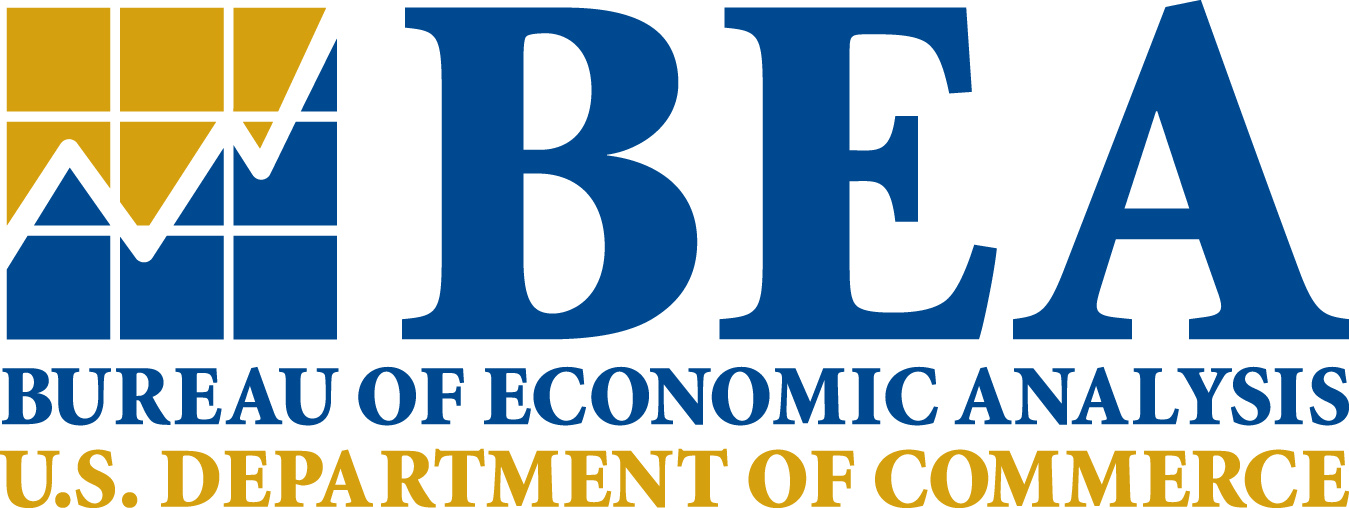
美国商务部经济分析局(英语:Bureau of Economic Analysis,BEA)是美国一个政府机构,该机构负责公布美国宏观经济以及行业的统计数据,以及有关美国国内生产总值(GDP)和各个市/镇/乡/村/县和大都市区的数据。
Das Bureau of Economic Analysis (BEA) des US-Handelsministeriums ist eine US-Regierungsbehörde, die offizielle makroökonomische und Industriestatistiken bereitstellt, vor allem Berichte über das Bruttoinlandsprodukt (BIP) der Vereinigten Staaten und ihrer Gerichtsbarkeiten. In den National Income and Product Accounts (NIPAs) werden auch Informationen über das persönliche Einkommen, die Unternehmensgewinne und die Staatsausgaben bereitgestellt.

The American Economic Review (AER) ist eine monatlich erscheinende wissenschaftliche Zeitschrift zu volkswirtschaftlichen Themen. Sie wird von der American Economic Association herausgegeben und gilt als weltweit angesehenste Zeitschrift ihrer Fachrichtung.
《美国经济评论》(The American Economic Review)是同行评审的经济学领域期刊,1911年创刊,由美国经济学会每季发行一次。它在经济学领域,被视为最具有学术声望的重要期刊之一。

美国经济学会(American Economic Association,简称AEA),美国经济学者所组成的学会。建立于1885年,被认为是经济学界最重要的组织之一。它的成员主要是美国大学的经济学教授,它们所发行的学术期刊-《美国经济评论》,在经济学界极负盛名。
Die American Economic Association (AEA) ist die führende wissenschaftliche Gesellschaft für Wirtschaftswissenschaftler in den USA. Sie hat ihren Sitz in Nashville (Tennessee), USA. Den Vorsitz hat derzeit Janet Yellen (2020).[1]
Obwohl der Verein dem deutschsprachigen Verein für Socialpolitik bei der Gründung in groben Zügen nachempfunden wurde, war die AEA zunächst parteilich und nicht nur der Wissenschaft verpflichtet, was sich im Zeitverlauf jedoch schnell hin zu einer strikt wissenschaftlichen und unparteilichen Entwicklung gewandelt hat.[3] Mit 20.000 Mitgliedern (2020)[2] ist sie gleichzeitig die größte Ökonomenvereinigung der Welt.
 *美国政治
*美国政治

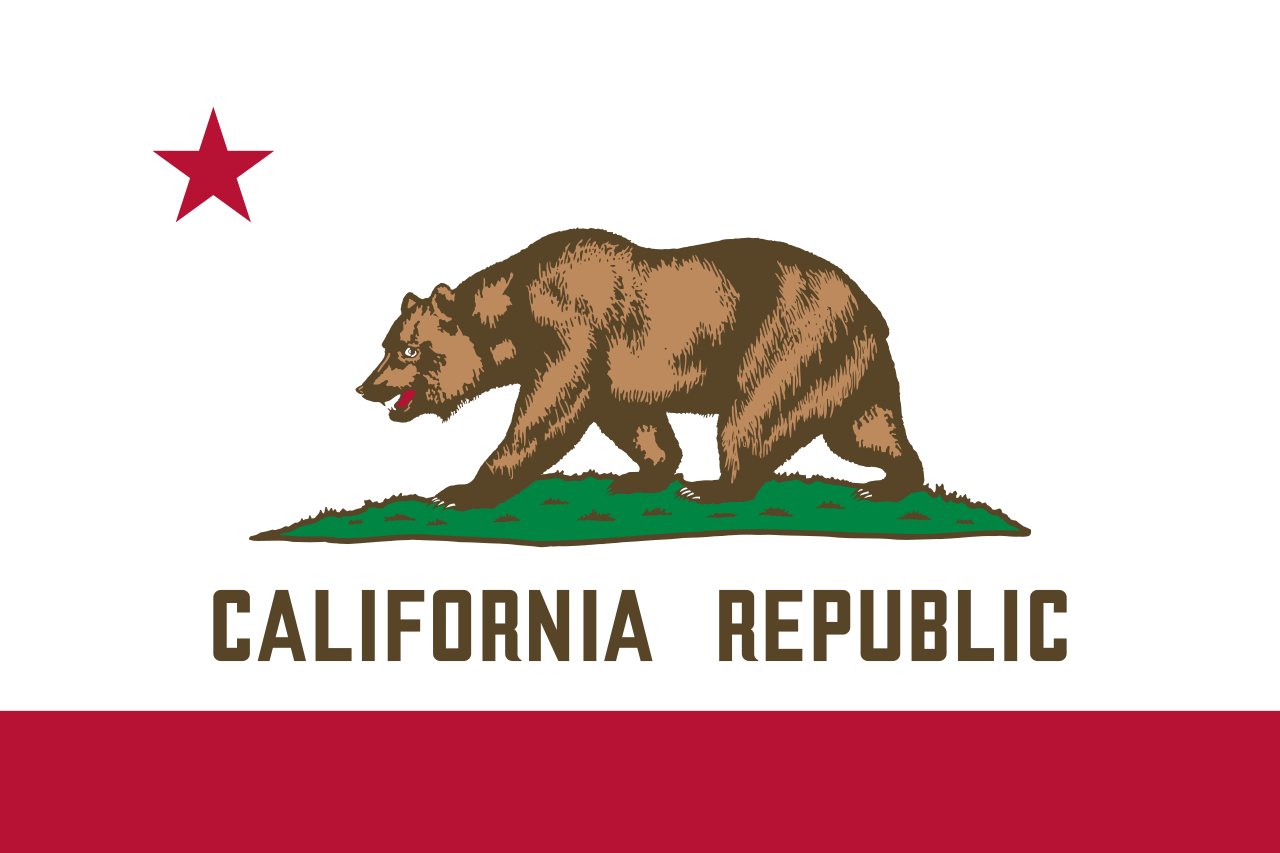 加利福尼亚州
加利福尼亚州
 联邦储备系统
联邦储备系统

 财政金融
财政金融
 *美国经济情况数据
*美国经济情况数据

 财政金融
财政金融
 *巴西经济情况数据
*巴西经济情况数据

 财政金融
财政金融
 *中国经济情况数据
*中国经济情况数据

 财政金融
财政金融
 *德国经济情况数据
*德国经济情况数据

 财政金融
财政金融
 *欧盟经济情况数据
*欧盟经济情况数据

 财政金融
财政金融
 *法国国经济情况数据
*法国国经济情况数据

 财政金融
财政金融
 *印度经济情况数据
*印度经济情况数据

 财政金融
财政金融
 *印度尼西亚经济情况数据
*印度尼西亚经济情况数据

 财政金融
财政金融
 *意大利经济情况数据
*意大利经济情况数据

 财政金融
财政金融
 *日本经济情况数据
*日本经济情况数据

 财政金融
财政金融
 *加拿大经济情况数据
*加拿大经济情况数据

 财政金融
财政金融
 *俄国经济情况数据
*俄国经济情况数据

 财政金融
财政金融
 *英国经济情况数据
*英国经济情况数据

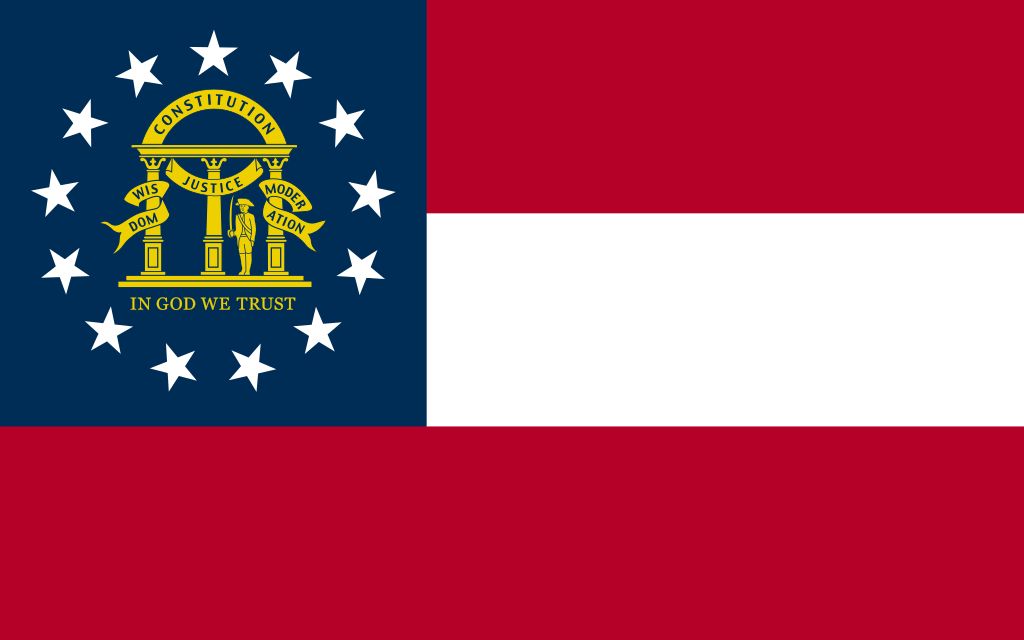 乔治亚州
乔治亚州
 做买卖
做买卖

 伊利诺斯州
伊利诺斯州

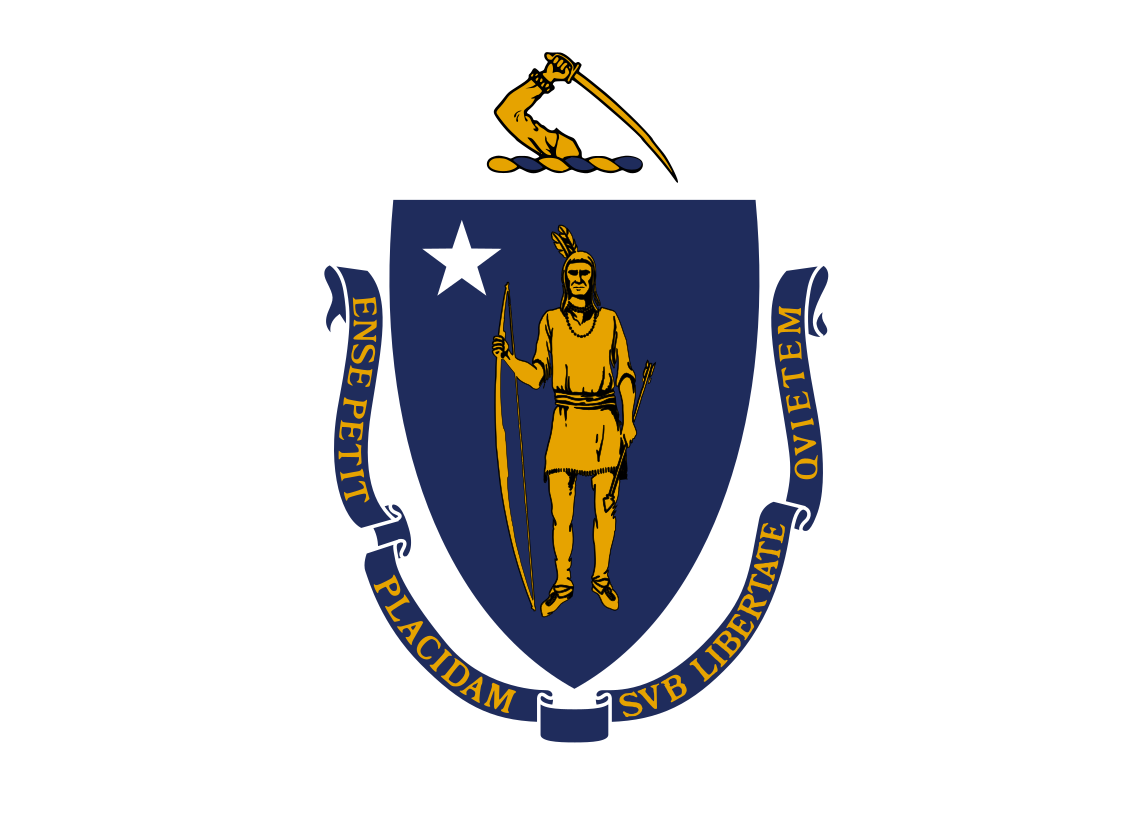 马萨诸塞州
马萨诸塞州

 明尼苏达州
明尼苏达州

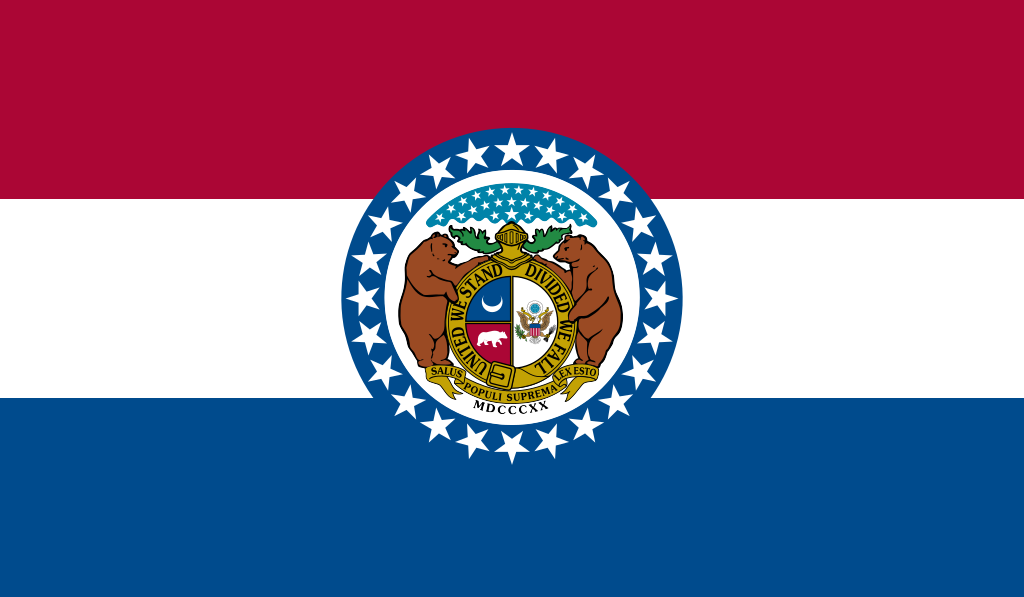 密苏里州
密苏里州

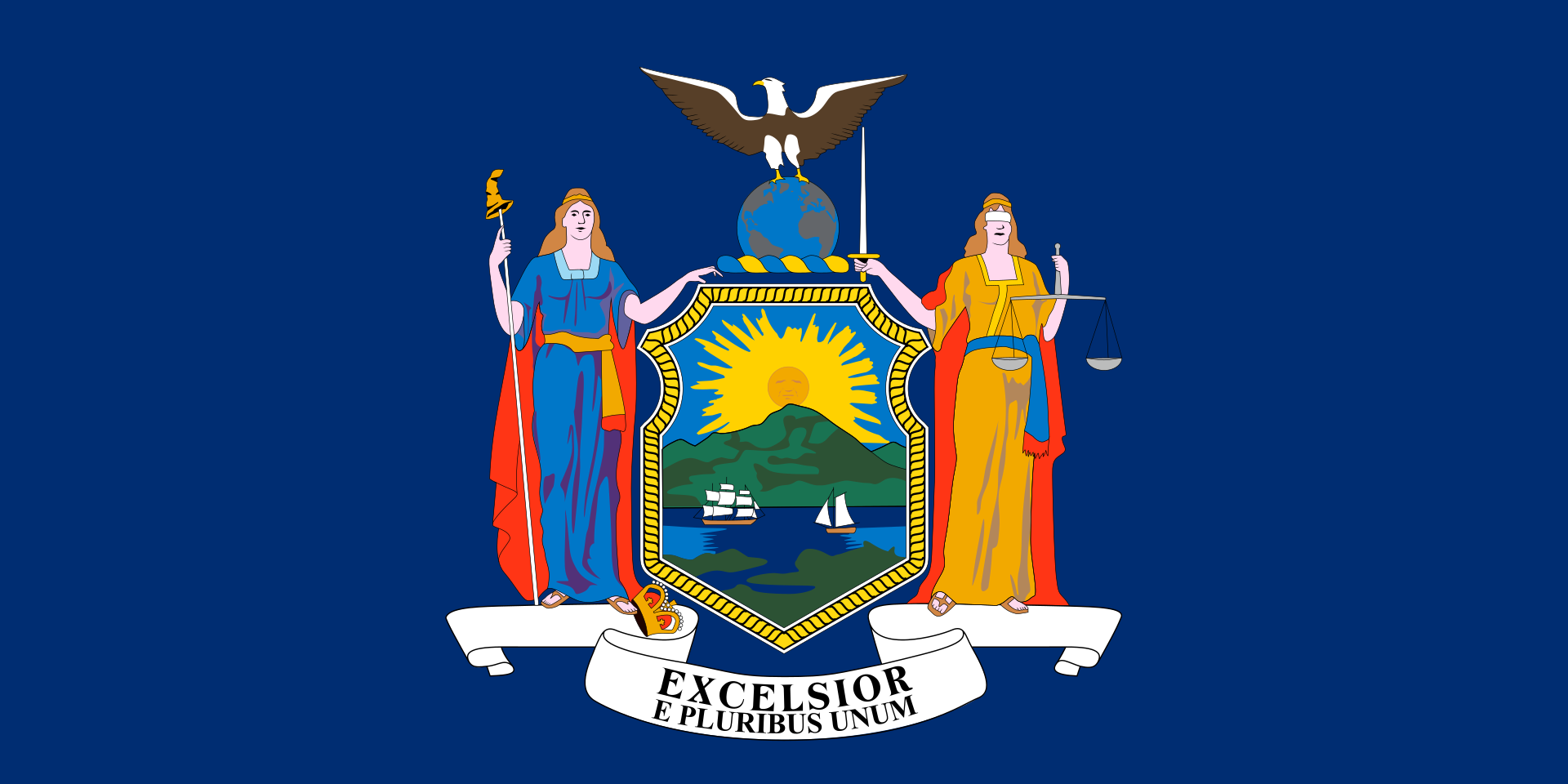 纽约州
纽约州

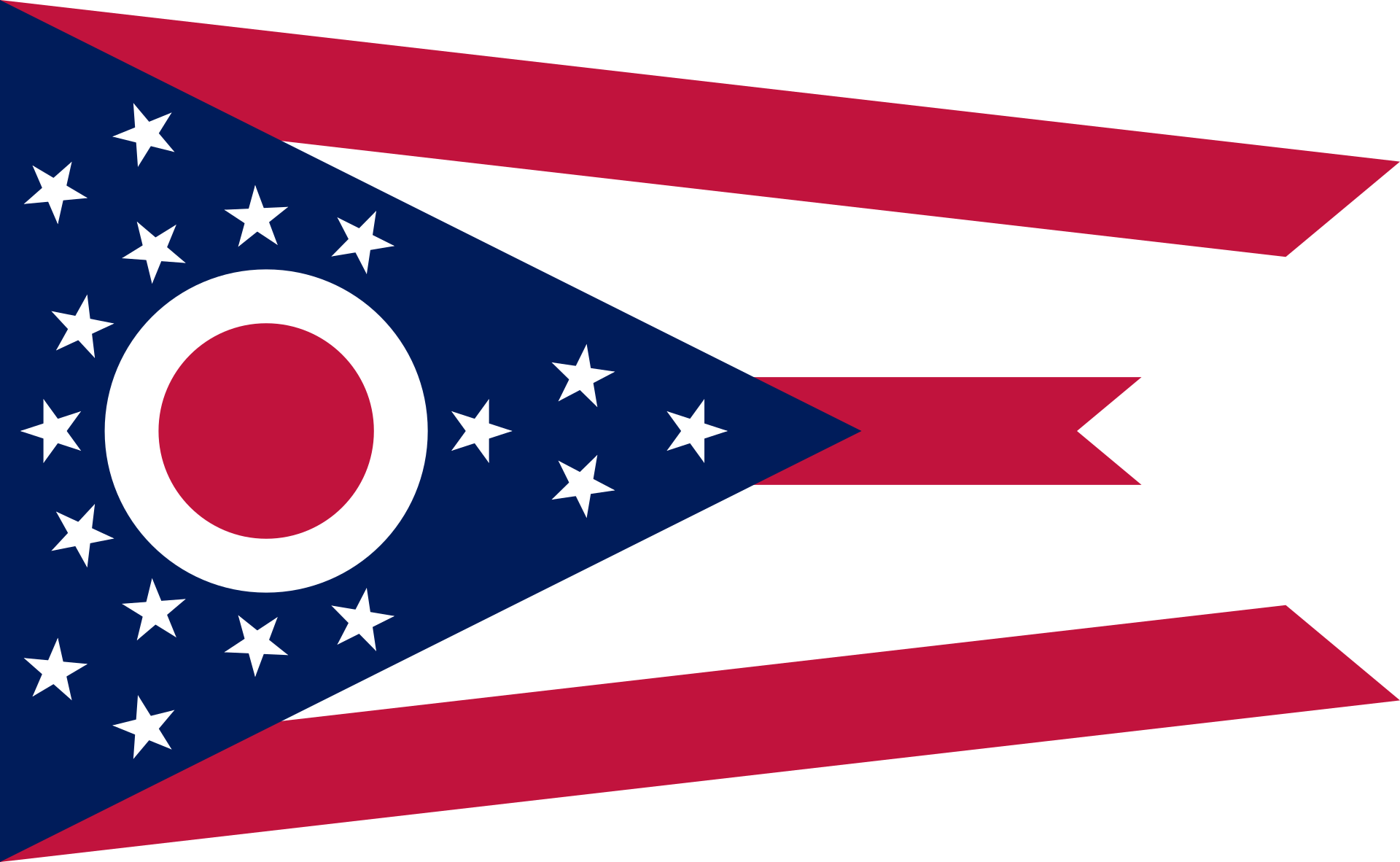 俄亥俄州
俄亥俄州

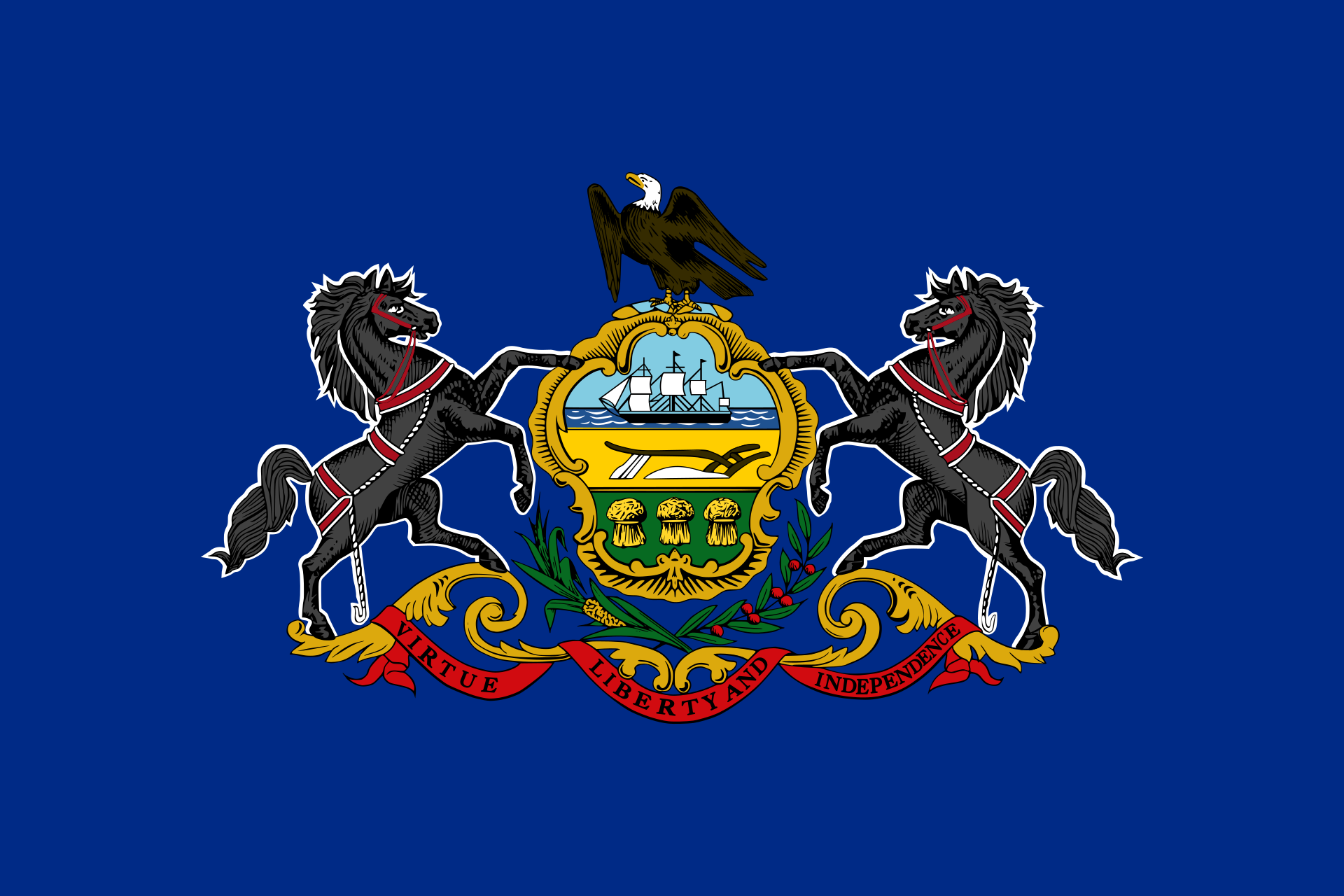 宾夕法尼亚州
宾夕法尼亚州

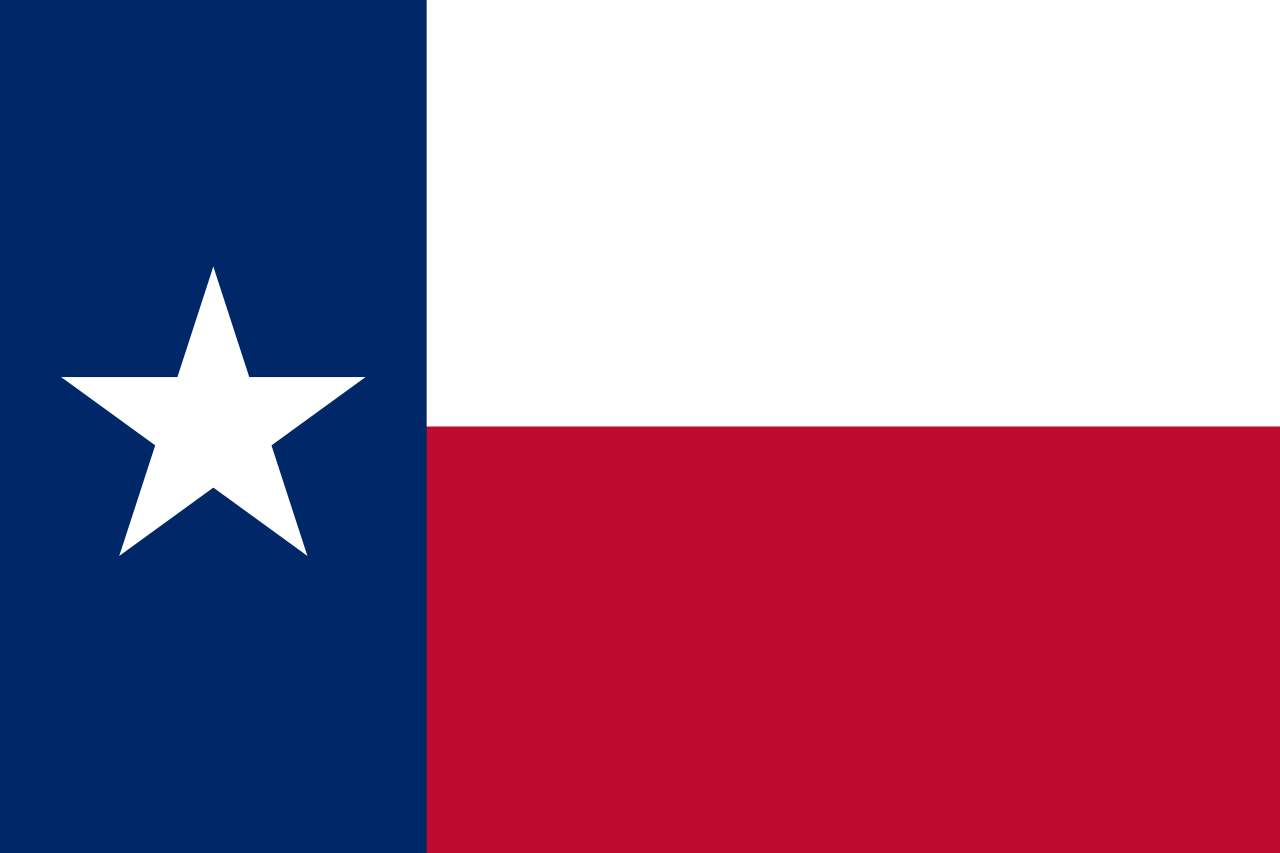 得克萨斯州
得克萨斯州

 企业
企业
 美国
美国

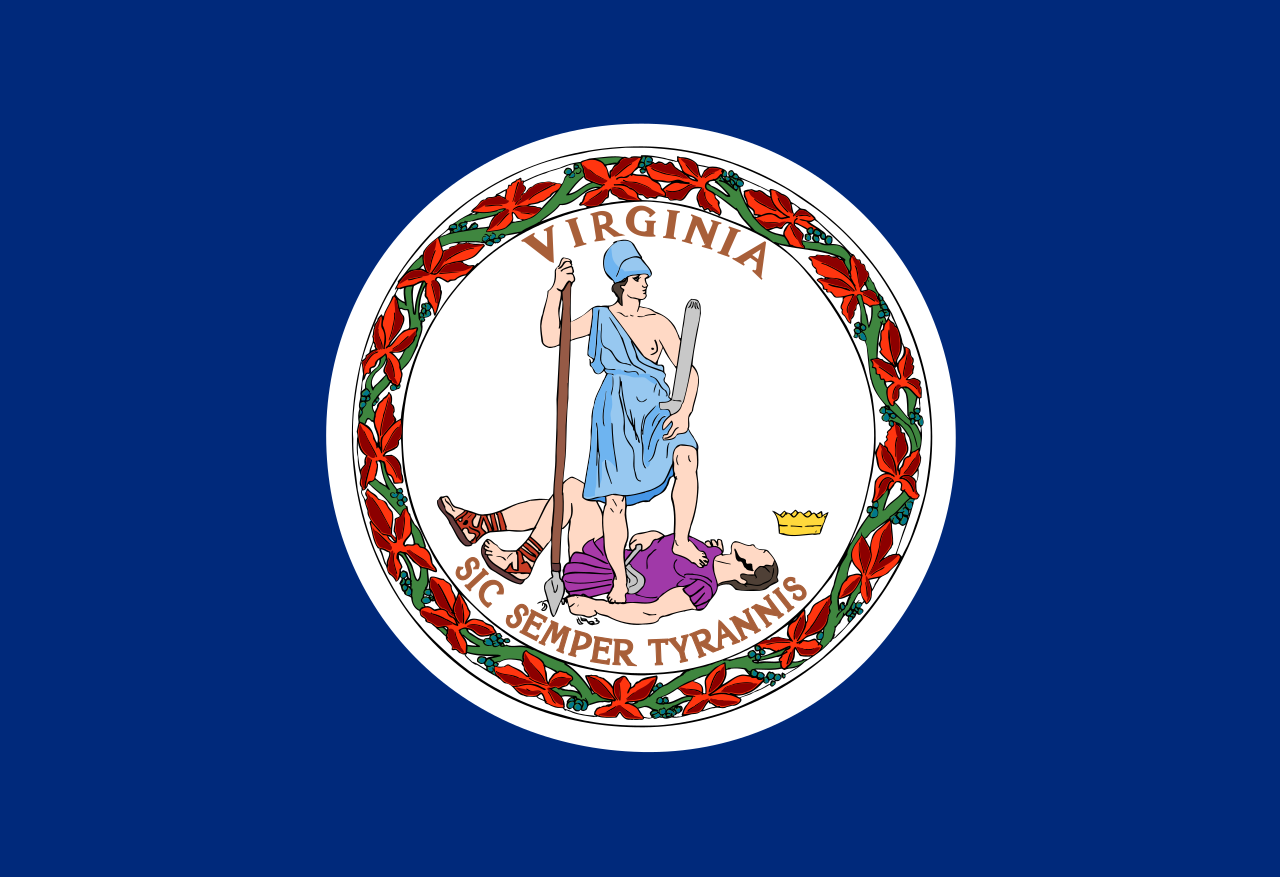 弗吉尼亚州
弗吉尼亚州

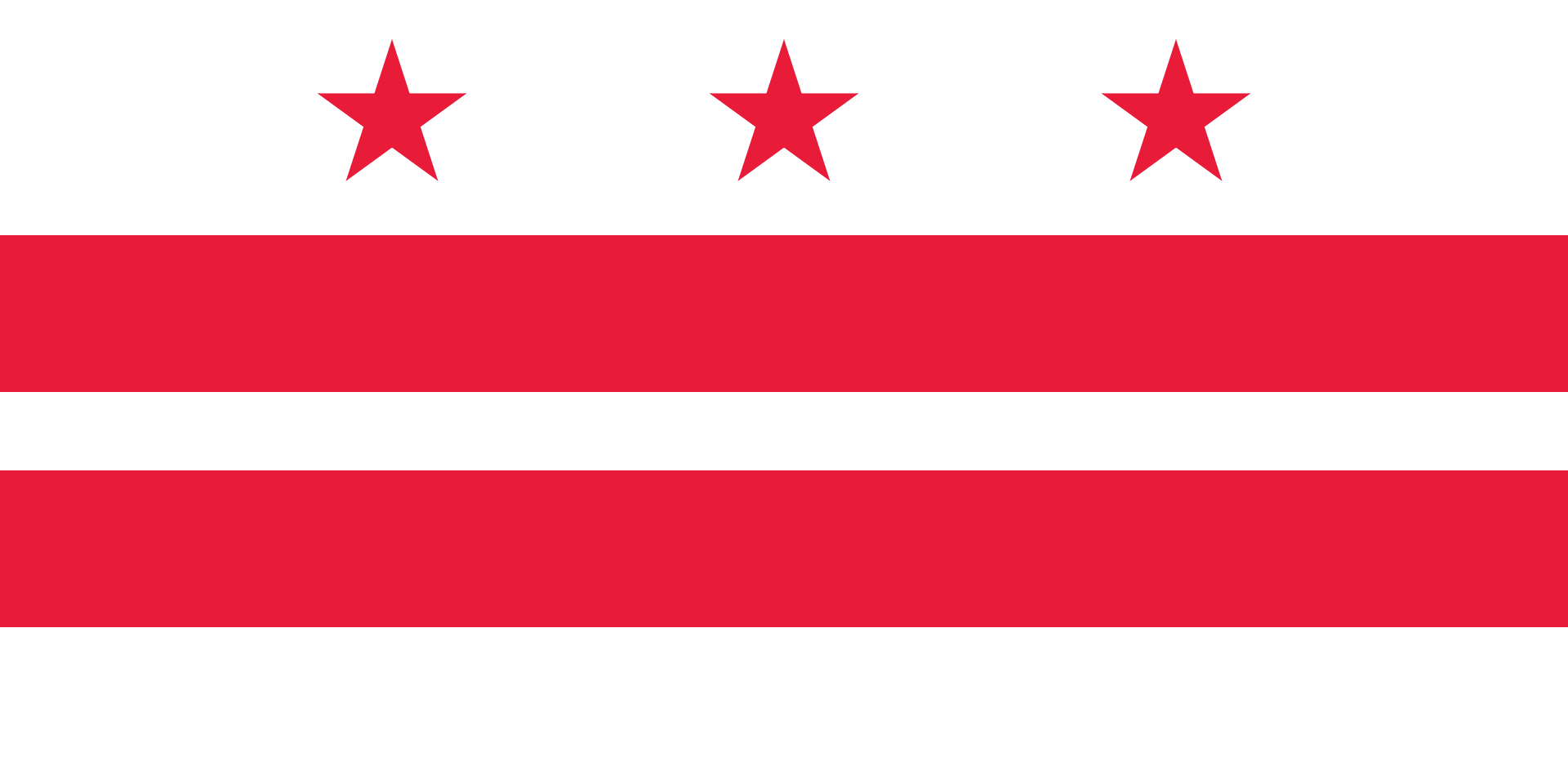 华盛顿哥伦比亚特区
华盛顿哥伦比亚特区

 经济和贸易
经济和贸易
 经济与政治研究
经济与政治研究


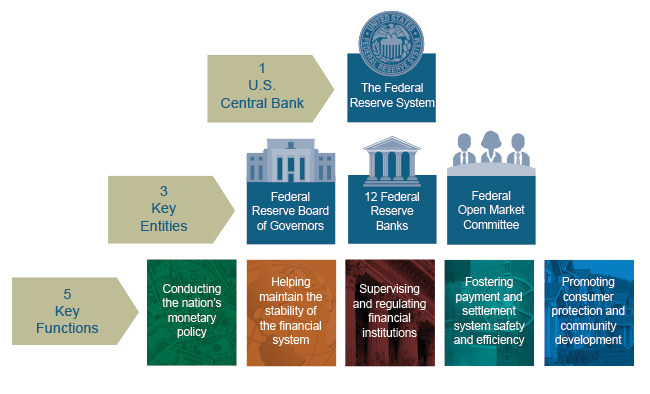

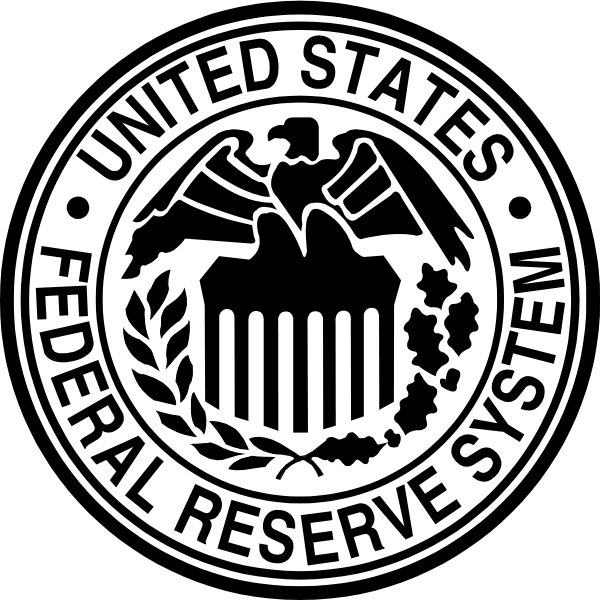
Das Federal Reserve System [ˈfɛdə˞əl rɪˈzɜ˞ːv ˈsɪstəm], oft auch Federal Reserve oder einfach die Fed (als US-Notenbank), ist das Zentralbank-System der Vereinigten Staaten. Es besteht aus dem Board of Governors, zwölf regionalen Federal Reserve Banken, dem Federal Open Market Committee (FOMC), einer Vielzahl von Mitgliedsbanken (Mitgliedspflicht ab einer bestimmten Größe) und anderen Institutionen.
Die Fed berichtet regelmäßig an den Kongress der Vereinigten Staaten über ihre Aktivitäten und ihre Pläne zur Geldpolitik. Das Tagesgeschäft und die operativen Entscheidungen der Fed werden von ihr frei und eigenständig entschieden. Der Kongress hat allerdings die Befugnis, die Gesetze betreffend die Geschäftstätigkeit der Fed zu ändern.[1]
联邦储备系统(英语:Federal Reserve System(Fed),简称美联储)是美国的中央银行体系,依据美国国会通过的1913年《联邦储备法案》而创设,以避免再度发生类似1907年的银行危机。整个系统包括联邦储备委员会、联邦公开市场委员会、联邦储备银行、三千家会员银行、及3个咨询委员会(Advisory Councils)。
連邦準備制度(れんぽうじゅんびせいど、英語: Federal Reserve System, FRS)は、アメリカ合衆国の中央銀行制度である。ワシントンD.C.にある連邦準備制度理事会(Federal Reserve Board, FRB)が全国の主要都市に散在する連邦準備銀行(Federal Reserve Bank, FRB)を統括する。連邦準備制度理事会は連邦議会の下にある政府機関であるが、予算の割当や人事の干渉を受けない。各連邦準備銀行は株式を発行する法人(body corporate)である。
The Federal Reserve System (also known as the Federal Reserve or simply the Fed) is the central banking system of the United States of America. It was created on December 23, 1913, with the enactment of the Federal Reserve Act, after a series of financial panics (particularly the panic of 1907) led to the desire for central control of the monetary system in order to alleviate financial crises.[list 1] Over the years, events such as the Great Depression in the 1930s and the Great Recession during the 2000s have led to the expansion of the roles and responsibilities of the Federal Reserve System.[5][10][11]
The U.S. Congress established three key objectives for monetary policy in the Federal Reserve Act: maximizing employment, stabilizing prices, and moderating long-term interest rates.[12] The first two objectives are sometimes referred to as the Federal Reserve's dual mandate.[13] Its duties have expanded over the years, and currently also include supervising and regulating banks, maintaining the stability of the financial system, and providing financial services to depository institutions, the U.S. government, and foreign official institutions.[14] The Fed also conducts research into the economy and provides numerous publications, such as the Beige Book and the FRED database.
The Federal Reserve System is composed of several layers. It is governed by the presidentially appointed board of governors or Federal Reserve Board (FRB). Twelve regional Federal Reserve Banks, located in cities throughout the nation, regulate and oversee privately owned commercial banks.[15][16][17] Nationally chartered commercial banks are required to hold stock in, and can elect some of the board members of, the Federal Reserve Bank of their region. The Federal Open Market Committee (FOMC) sets monetary policy. It consists of all seven members of the board of governors and the twelve regional Federal Reserve Bank presidents, though only five bank presidents vote at a time (the president of the New York Fed and four others who rotate through one-year voting terms). There are also various advisory councils. Thus, the Federal Reserve System has both public and private components.[list 2] It has a structure unique among central banks, and is also unusual in that the United States Department of the Treasury, an entity outside of the central bank, prints the currency used.[22]
The federal government sets the salaries of the board's seven governors, and it receives all the system's annual profits, after a statutory dividend of 6% on member banks' capital investment is paid, and an account surplus is maintained. In 2015, the Federal Reserve earned a net income of $100.2 billion and transferred $97.7 billion to the U.S. Treasury.[23] Although an instrument of the US Government, the Federal Reserve System considers itself "an independent central bank because its monetary policy decisions do not have to be approved by the President or anyone else in the executive or legislative branches of government, it does not receive funding appropriated by Congress, and the terms of the members of the board of governors span multiple presidential and congressional terms."[24]
La Réserve fédérale (officiellement Federal Reserve System, souvent raccourci en Federal Reserve ou Fed) est la banque centrale des États-Unis. Elle est créée en décembre 1913, durant les fêtes, par le Federal Reserve Act dit aussi Owen-Glass Act, à la suite de plusieurs crises bancaires, dont la panique bancaire américaine de 1907. Son rôle évolue depuis et elle renforce son indépendance lors de l'instabilité monétaire des années 1975 et 1985.
Le Congrès des États-Unis définit trois objectifs de politique monétaire dans le Federal Reserve Act : plein emploi, stabilité des prix, et taux d'intérêt à long terme modérés1. Les deux premiers sont souvent appelés le « double objectif » ou « double mandat » de la Fed2. Outre la politique monétaire, la Fed est maintenant chargée de superviser et réguler le système bancaire, de maintenir la stabilité du système financier, et d'offrir des prestations financières aux organismes de dépôt, au gouvernement fédéral, et aux institutions financières étrangères3. Elle étudie de surcroît l'économie américaine, et publie de nombreux rapports, tels que le livre beige, un résumé des conditions économiques dans chaque région.
La Réserve fédérale se compose d'un conseil des gouverneurs (dont Jerome Powell est le président depuis 2018), du Federal Open Market Committee (FOMC), de douze banques régionales (Federal Reserve Banks), des banques membres, et de plusieurs conseils consultatifs4,5. Le FOMC est le comité responsable de la politique monétaire ; il se compose des sept membres du bureau des gouverneurs et des douze présidents des banques régionales (dont cinq seulement ont le droit de vote à un moment donné). La Réserve fédérale comporte ainsi des aspects publics et privés : cette structure est unique au monde pour une banque centrale, et correspond à une volonté de répondre à la fois à l'intérêt public et à ceux, privés, des banques membres. Une autre particularité du système monétaire américain est que ce n'est pas la banque centrale mais le département du Trésor qui crée la monnaie fiduciaire6.
La Fed est une banque centrale indépendante : ses décisions ne sont pas sujettes à l'autorisation du président des États-Unis ou d'une autre partie du gouvernement fédéral, elle ne reçoit pas de budget du Congrès, et les mandats des gouverneurs sont beaucoup plus longs que ceux des élus fédéraux. Le gouvernement peut cependant exercer un contrôle : l'autorité de la Fed est définie par le Congrès et celui-ci peut exercer son droit de surveillance (congressional oversight). Les membres du bureau des gouverneurs, y compris le président et le vice-président, sont nommés par le président des États-Unis et confirmés par le Sénat. Le gouvernement nomme également les hauts fonctionnaires de la banque et fixe leur salaire. Toutes les banques commerciales autorisées à exercer en dehors d'un seul État sont obligatoirement membres de la Réserve fédérale régionale où se trouve leur siège et détiennent des parts dans celle-ci, ce qui autorise ces banques à élire une partie des membres du bureau de chaque Réserve fédérale régionale. Le gouvernement fédéral reçoit tous les profits de la Fed, hormis un dividende de 6 % versé aux banques membres.
Il Federal Reserve System, conosciuto anche come Federal Reserve (it. Riserva federale) ed informalmente come la Fed, è la banca centrale degli Stati Uniti d'America.
El Sistema de la Reserva Federal (en inglés, Federal Reserve System, también conocido como Reserva Federal o informalmente Fed) es el banco central de los Estados Unidos.1 Es un consorcio publico-privado que controla la estructura organizativa en la cual participa una agencia gubernamental, conocida como Junta de Gobernadores, con sede en Washington D. C.2 Así, algunos consideran esto como el aspecto público del sistema, y los 12 Bancos de la Reserva de todo el país el aspecto privado.3 Está encargada de custodiar parte de las reservas de los "bancos miembros" estadounidenses: los federales, y los estatales asociados voluntariamente.4
La Junta de Gobernadores del Sistema de la Reserva Federal es una agencia gubernamental independiente, sin embargo está sujeta a la Ley de Libertad de Información (Freedom of Information Act). Como muchas de las agencias independientes, sus decisiones no tienen que ser aprobadas por el Presidente o por alguna persona del poder ejecutivo o legislativo: son decisiones de carácter unilateral. La Junta de Gobernadores no recibe dinero del Congreso, y su mandato tiene una duración que abarca varias legislaturas. Una vez que el presidente designa a un miembro de la junta, este actúa con "independencia", aunque puede ser destituido por el presidente según lo establecido en la sección 242, Título 12, del Código de Estados Unidos.5
El Sistema de la Reserva Federal fue creado el 23 de diciembre de 1913 por la Ley de la Reserva Federal (Federal Reserve Act). Todos los bancos nacionales tuvieron que unirse al sistema. Los billetes de la Reserva Federal (Federal Reserve Notes) fueron creados para tener una oferta monetaria "flexible".6
Федера́льная резе́рвная систе́ма (Federal Reserve System, ФРС, Федеральный резерв, FED) — специально созданное 23 декабря 1913 года независимое федеральное агентство для выполнения функций центрального банка и осуществления централизованного контроля над коммерческой банковской системой Соединённых Штатов Америки. В ФРС входят 12 федеральных резервных банков, расположенных в крупнейших городах, около трёх тысяч коммерческих так называемых банков-членов, назначаемый президентом Совет управляющих, Федеральный комитет по операциям на открытом рынке и консультационные советы. Основанием для создания является Закон о Федеральном резерве. В управлении ФРС определяющую роль играет государство, хотя форма собственности капитала является частной — акционерная с особым статусом акций.
С точки зрения управления, ФРС является независимым органом в правительстве США. Как национальный центральный банк, ФРС получает полномочия от Конгресса США. Независимость в работе обеспечивается тем, что принимаемые решения о кредитно-денежной политике не должны быть одобрены президентом США или кем-либо иным из исполнительной или законодательной ветвей власти. ФРС не получает финансирование от Конгресса. Срок полномочий членов Совета управляющих Федеральной резервной системы охватывает несколько сроков президентских полномочий и членов Конгресса. В то же время ФРС подконтрольна Конгрессу, который часто анализирует деятельность ФРС и может изменить обязанности ФРС законодательным образом[1].
С 2006 по 2014 год пост председателя совета управляющих ФРС занимал Бен Бернанке. В феврале 2014 года его сменила Джанет Йеллен, которая в течение двух лет работала его заместителем[2]. С 5 февраля 2018 года главой Федеральной резервной системы является Джером Пауэлл.

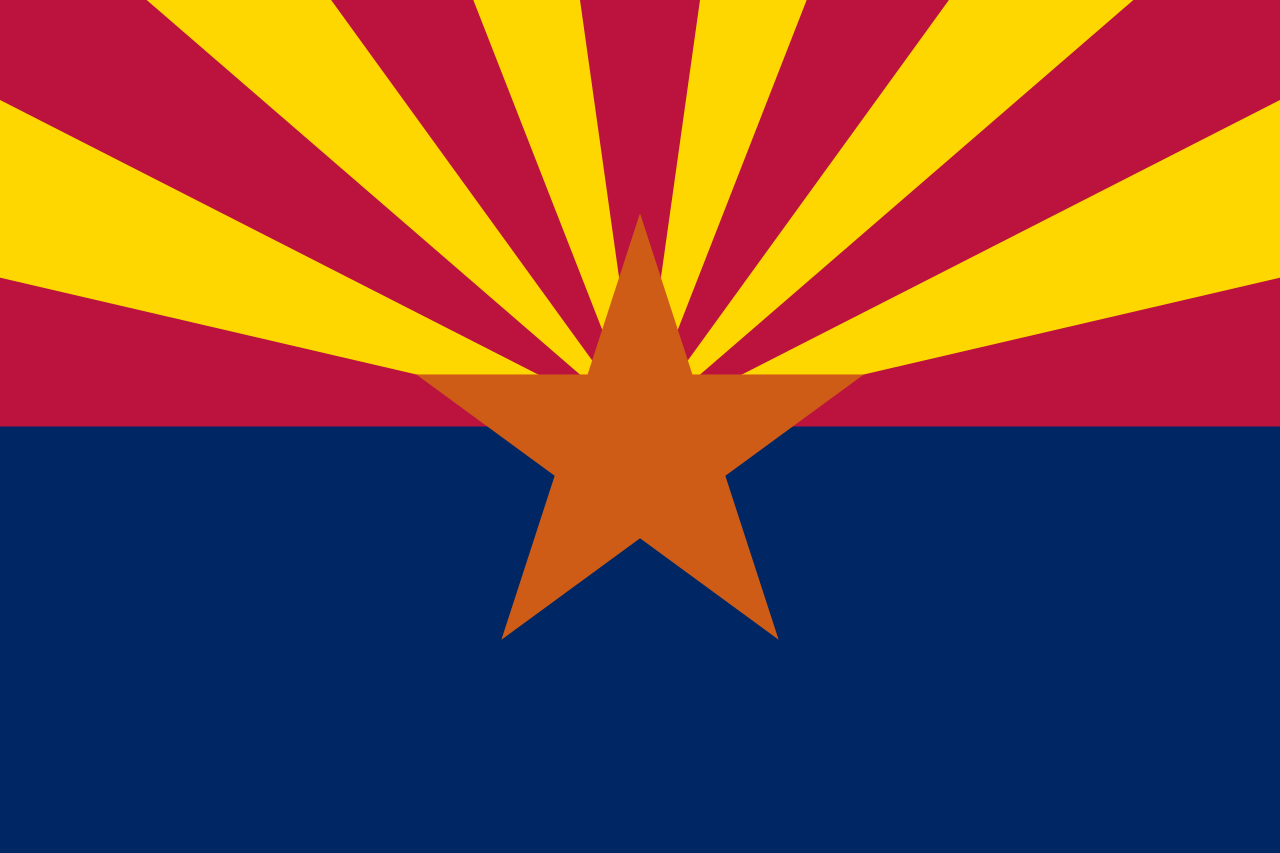 阿利桑那州
阿利桑那州
 重要的国际组织
重要的国际组织



 科学技术
科学技术
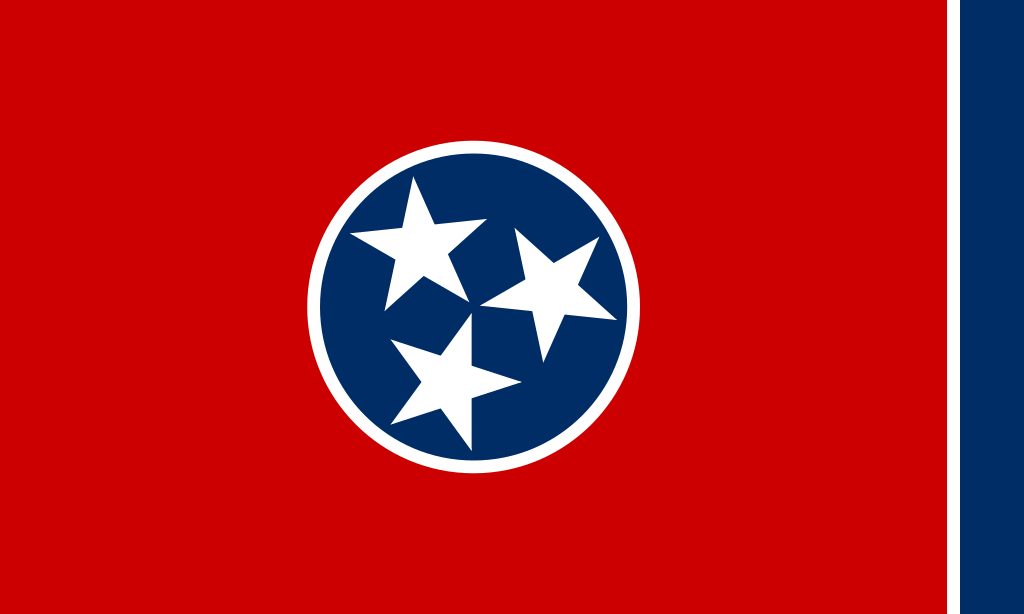 田纳西州
田纳西州

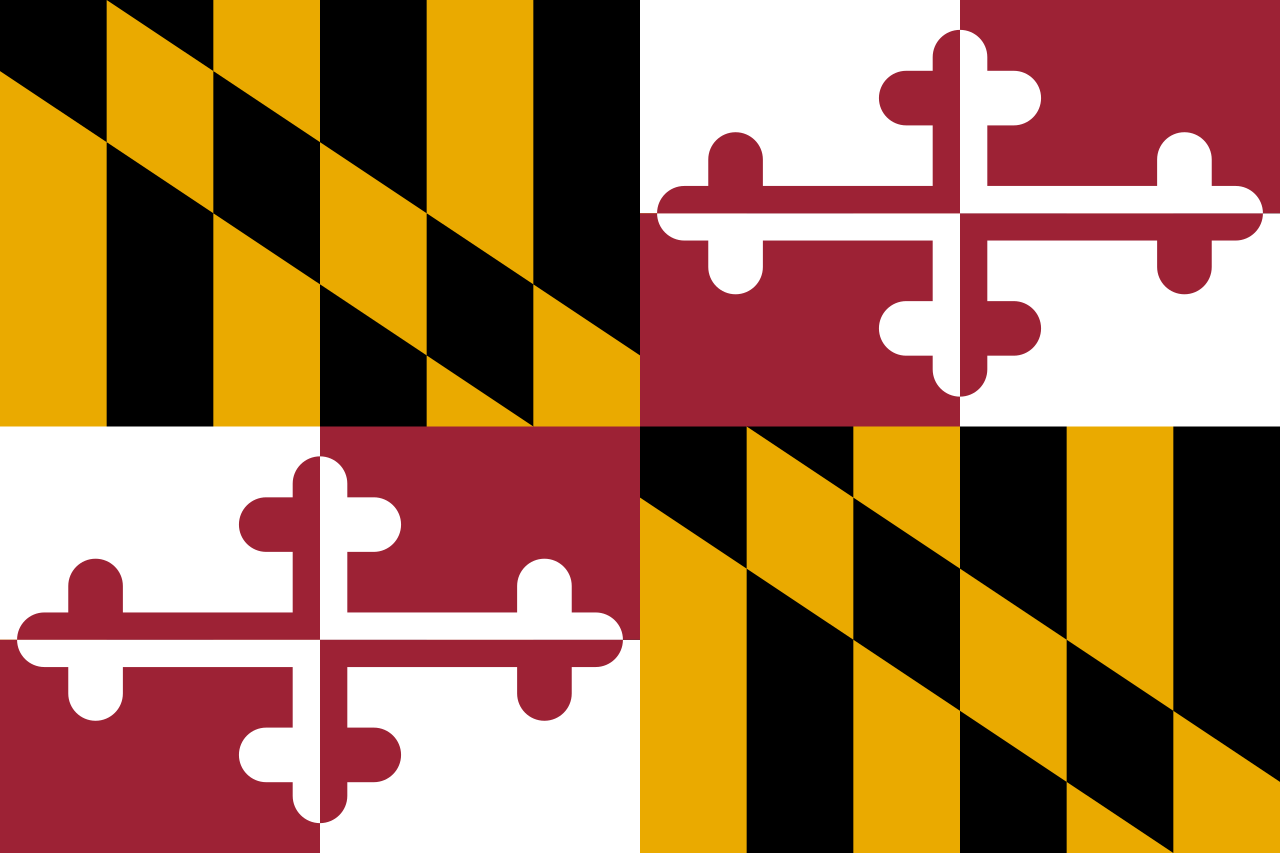 马里兰州
马里兰州
